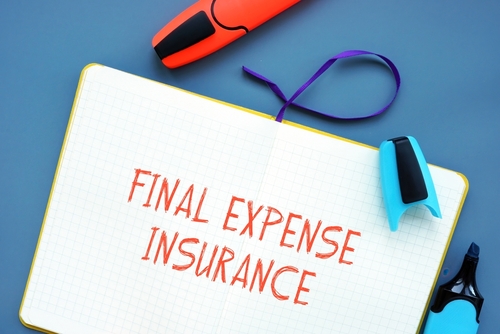Examine This Report on Pacific Prime
Examine This Report on Pacific Prime
Blog Article
The Basic Principles Of Pacific Prime
Table of ContentsThe 7-Minute Rule for Pacific PrimeThe Buzz on Pacific PrimeGetting The Pacific Prime To WorkThe Facts About Pacific Prime RevealedThe Ultimate Guide To Pacific Prime

This is since the information were gathered for a period of solid economic performance. Of the estimated 42 million people that were uninsured, all yet about 420,000 (regarding 1 percent) were under 65 years old, the age at which most Americans end up being eligible for Medicare; 32 million were adults between ages 18 and 65, about 19 percent of all grownups in this age; and 10 million were kids under 18 years of age, about 13.9 percent of all kids (Mills, 2000).
These quotes of the variety of individuals without insurance are created from the annual March Supplement to the Present Population Study (CPS), carried out by the Census Bureau. Unless or else kept in mind, national estimates of people without health and wellness insurance policy and percentages of the population with various kinds of coverage are based on the CPS, the most widely used resource of price quotes of insurance protection and uninsurance rates.
An Unbiased View of Pacific Prime

Still, the CPS is especially valuable due to the fact that it produces annual estimates relatively swiftly, reporting the previous year's insurance policy protection estimates each September, and due to the fact that it is the basis for a regular collection of estimates for greater than twenty years, permitting for evaluation of fads in insurance coverage gradually. For these factors, as well as the extensive use of the CPS in various other research studies of insurance coverage that are provided in this record, we count on CPS estimates, with restrictions kept in mind.

The quote of the variety of uninsured people expands when a populace's insurance condition is tracked for a number of years. Over a three-year duration starting early in 1993, 72 million people, 29 he said percent of the united state population, were without coverage for at the very least one month. Within a single year (1994 ), 53 million people experienced a minimum of a month without insurance coverage (Bennefield, 1998a)
6 out of every ten without insurance grownups are themselves utilized. Functioning does boost the probability that one and one's family participants will have insurance, it is not a guarantee. Also participants of families with two full time wage income earners have virtually a one-in-ten chance of being without insurance (9.1 percent without insurance price) (Hoffman and Pohl, 2000).
How Pacific Prime can Save You Time, Stress, and Money.
New immigrants account for a substantial proportion of individuals without medical insurance. One evaluation has associated a substantial section of the recent development in the size of the U.S. without insurance populace to immigrants that arrived in the nation in between 1994 and 1998 (Camarota and Edwards, 2000). Current immigrants (those that came to the United States within the past four years) do have a high rate of being uninsured (46 percent), but they and their kids account for just 6 percent of those without insurance coverage across the country (Holahan et al., 2001).
The relationship in between medical insurance and access to care is well established, as documented later in this chapter. Although the connection in between health and wellness insurance and health and wellness results is neither direct nor straightforward, a considerable clinical and health solutions study literary works web links medical insurance protection to better access to care, far better quality, and improved individual and populace health status.
Levels of analysis for analyzing the effects of uninsurance. It focuses especially on those without any type of health insurance for any type of size of time.
Pacific Prime for Dummies
The issues encountered by the underinsured are in some respects similar to those dealt with by the uninsured, although they are generally much less serious. Health insurance coverage, nevertheless, is neither necessary neither sufficient to obtain access to clinical solutions. The independent and direct result of health insurance policy coverage on accessibility to health and wellness solutions is well established.
Others will certainly acquire the health treatment they need even without wellness insurance coverage, by paying for it out of pocket or seeking it from companies who supply care free or at very subsidized rates. For still others, medical insurance alone does not make sure invoice of treatment due to various other nonfinancial barriers, such as an absence of wellness care companies in their area, restricted accessibility to transport, illiteracy, or linguistic and cultural distinctions.
All About Pacific Prime
Formal research concerning without insurance populaces in the United States dates to the late 1920s and early 1930s when the Board on the Expense of Treatment created a collection of records about funding doctor office visits and hospitalizations. This concern ended up being prominent as the varieties of medically indigent climbed up during the Great Clinical depression.
Report this page